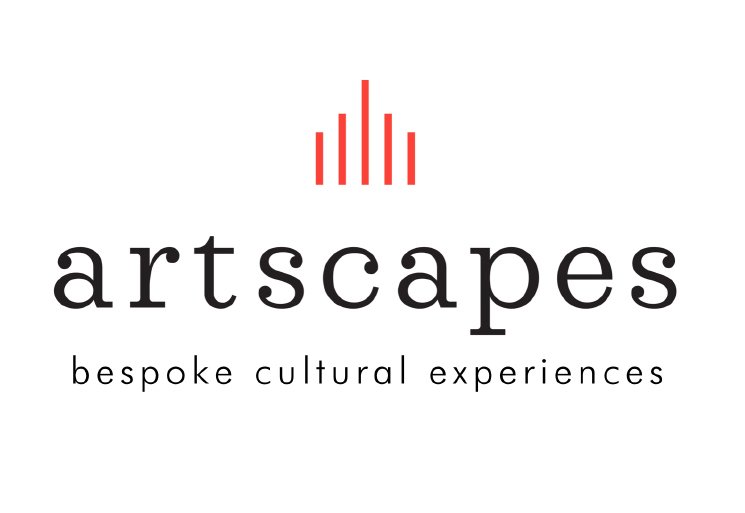
The Northern Renaissance Part 1:
A Window onto the World
The Northern Renaissance Part 1:
A Window onto the World
Released: Spring 2022
6 part series
When we look at 15th-century Netherlandish paintings, we find ourselves time-travelling. Through some of the most astonishing paintings in the canon of western art history, we are given privileged access to a long-lost world from 500 years ago.
This was a time of uninterrupted innovation where we see artists push their creative skills to new limits. Virtuosic in technique, colouring, emotiveness, and realistic detail, these paintings were sought by Emperors, Kings, Merchants, and Bishops across all Europe. Jan van Eyck, Rogier van der Weyden, the Limbourg Brothers, van der Goes, Hieronymus Bosch and Pieter Bruegel the Elder to name a few.
In this series, travel through the window to the past with Rose Balston to explore why these artists matter today. We’ll discover art that is both beautiful and odd, poignant and amusing, shocking and mesmerising. This is a surprising series you will not want to miss.
Purchase Individual Lectures from the Series:
-
We start with the greatest triumph of all. Jan van Eyck. Can anyone beat him in sheer technical prowess? In his exquisite understanding of detail? On the intensity of his colouring? Arguably the greatest artist of the whole period, this was a man who broke new ground every step of the way. The Ghent Altarpiece, the Arnolfini Portrait, the supposed Self-Portrait…paintings that simply defy belief. With van Eyck and his sensational use of oil paint, the Netherlandish Renaissance begins. Reverberations are sent across Europe and permeate the whole century.
-
A book. No more than ten inches high. The illuminations send tingles down your spine. You can’t believe how small and perfect it is. A precious relic from half a millennium ago. The intensity of the colouring, the abundance of gold leaf. This is the Belle Heures of Jean de France, duc de Berry. One of the most astonishing pieces of art to come out of the Northern Renaissance and one that will be celebrated in all its glory in this talk. A testament to the Limbourg Brothers, their obsessive patron, and a new age for the ‘medieval’ illuminated manuscript.
-
The Northern Renaissance… The Italian Renaissance… aren’t they completely different movements in the story of art? In many ways, yes. But there comes a fascinating point in the second half of the 16th century when the gap is bridged. Tomasso Portinari is a leading figure in this convergence. In this talk we’ll look at his commission of paintings by Hugo van der Goes and Hans Memling to see the impact the north made on the south. We will include the Portinari Altarpiece (a painting that was huge influential on Florentine artists of the 1480s), plus the Memling portraits of Tomasso and his wife – perhaps the greatest example of Netherlandish portraiture from the second half of the century.
-
Rogier van der Weyden – along with van Eyck he initiated a profound transformation in the visual arts in the North. A master of the subtleties of the human mind. With his brush, he captured pathos, tenderness, and devotion in beguiling and unprecedented ways. While we know precious little about the artist himself (all archives of his hometown were destroyed during WWII) we learn so much through his works. In this talk, we’ll explore his symbolism, powerful emotions, and exquisite naturalism to get to the bottom of why he was such a master of his art.
-
Utterly unique, Bosch’s proto-surrealist art has captivated the imagination of the world for centuries. Weird and wonderful expressions of heaven and hell, terrifying warnings against the failings of humanity, restless imaginings rich in religious symbolism, these paintings ring just as true to us today as we consider our hectic, excessive, and sometimes catastrophic world. This talk will largely focus on his extraordinary painting The Garden of Earthly Delights, a milestone work created as the 15th century drew to a close. Fear was in the hearts of many at the turning of the tide – the year 1500.
-
Pieter Bruegel the Elder is the most exciting (and important) member of the four generations of Bruegel artists working in the southern Netherlands. Picking up on Bosch’s expressive and weird symbolism, but merging with humanist ideas learnt from the south, he created a pioneering style that revolutionized pretty much all aspects of Northern Renaissance art. From his moral parables, and ground-breaking landscapes, to his unforgettable history painting and earthy unsentimental depictions of everyday rituals, this thoroughly dynamic painter ushers in the artists of the Dutch Golden Age.







